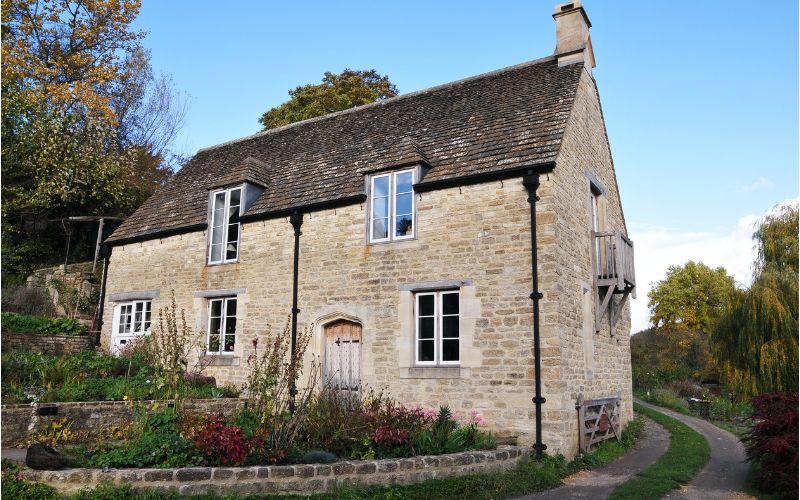What is Dry Rot?
Serpula lacrymans, otherwise known as dry rot, is actually not that dry. It is a type of fungal decay that was historically named "dry rot" to differentiate it from rots that occurred in "wet wood" - newly felled timber. Dry rot happens in wood that is used in buildings, which is what makes it so harmful to properties.
The fungal spores of dry rot germinate and produce hyphae in a moisture content of around 28 – 30% . These spores often resemble orange dust and the hyphae are strands that generate the fungal body known as a mycelium.
These hyphae can cross over stone and brick in search of more wood to colonise. And it’s this fungal colonisation - brown rot decay - which causes the most damaging dry rot in the UK.
What does Dry Rot look like?
It is vital that you can identify signs of dry rot before it does permanent damage to your property. There are a few warning signs to be aware of:
- The wood is hard to the touch
- The presence of hyphae (strands) or mycelium (skin) that are a grey colour
- A fruiting mushroom body that’s an orange or rusty brown colour
Why Does Dry Rot Occur?
Dry rot thrives in dampened timber. This is because the fungus extracts water, hemicellulose and cellulose from the wood, and then what is left is a brittle skeleton that will waste away, leaving the timber structure dangerously weak.
There are a couple of reasons why wood begins to hold more moisture than usual:
- Old houses that were constructed with non-kiln dried timber often have a moisture content of over 20%. These days, it is compulsory for any internal building work to utilise kiln-dried wood.
- Clay roof tiles, often found on older houses, are much less effective at keeping the moisture out. There are Building Regulation water permeability standards that any new tiling must adhere to.
how to treat dry rot
Once you’ve identified dry rot, you’ll first have to figure out the cause of the damp problem. The damp will have to be treated before the dry rot can be dealt with. If not, the new damp will dilate any of the treatment chemicals that you’re using for the dry rot itself.
When treating dry rot in masonry, use Boron powder dissolved in water. This solution can be brushed into the affected masonry.
Similarly, for timber surfaces, paint Boron gel onto the affected area. You can always vary the concentration depending on the level of rot.
There are other techniques, involving drilling Boron rods into your woodwork or Boron paste applied with a skeleton gun. But these techniques are recommended only after consultation with a specialist.
Is Treatment Actually Required?
In cases where the rot is only present in exposed timber, then the timber can just be treated alone. However, if the overall timber structure has been weakened, you’ll need to have it assessed and replaced by a building professional.
next steps
Your building surveyor should be able to identify dry rot during an inspection. They may recommend further inspection from a structural specialist should it be required. Find out more about our RICS chartered building surveys here.
Disclaimer: Please note this article is for guidance purposes only and does not constitute legal advice.




